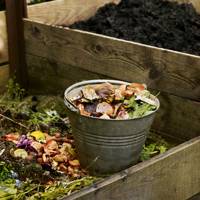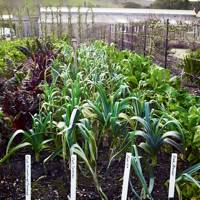https://ideasmesh.blogspot.com
Tags:
Decoration

Posted by Black Shadow
we upload best pinoy dramas and shows online. you can download here by clicking my web homepage. thank youSearch This Blog
Running Man
Running Man (2010) Episode 573 English SUB
by
Black Shadow
September 04, 2021
The following Running Man (2010) Episode 573 English SUB has been released. Kissasian Ru…
Read moreCategories
Menu Footer Widget
Created By SoraTemplates | Distributed By GooyaabiTemplates














0 Comments